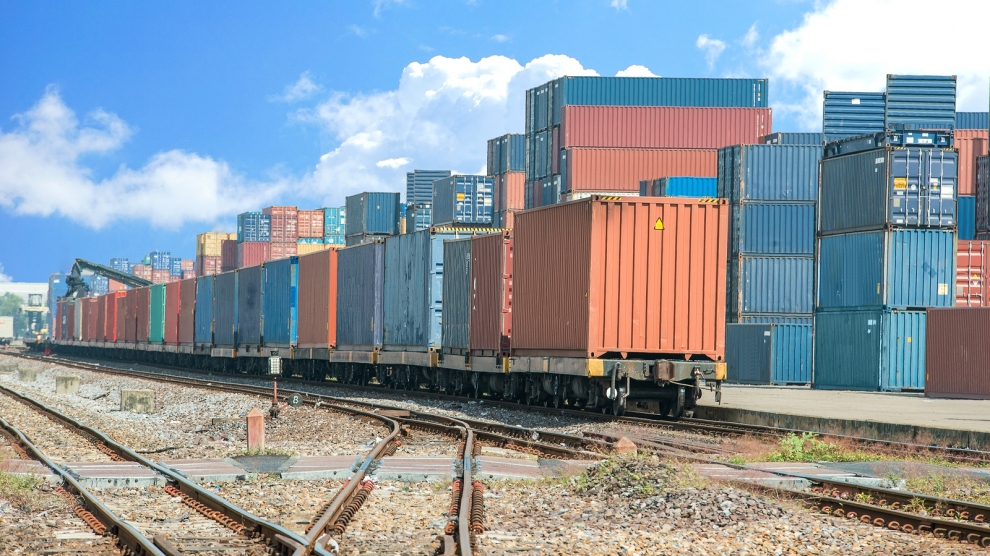Just over five years since the Belt and Road Initiative was launched by China’s president Xi Jinping, Poland Today is organising a major new conference in Warsaw in June to look at what the initiative means for Poland and the wider emerging Europe region.
The Poland and CEE: co-building the Belt and Road conference will be the first C-level event to bring in holistic, balanced – or even critical – point of view on what the Chinese initiative could mean for Polish and CEE businesses.
With leading experts in logistics, supply chain, infrastructure and financing from around the world, the conference will offer high-level insight useful for future business development.
“Up to 90 per cent of current cargo flows travelling by rail between China and Europe and vice versa go through Poland, so other EU and CEE countries see the country as a competitor to their own ambitious plans and go directly to China to show themselves as the future hub for the Chinese,” says Frank Schuhholz, a logistics expert with a particular interest in the Belt and Road Initiative, who will be a keynote speaker at the conference.
“China notes all this, gathers the information, and then uses it for its own advancement. It’s important for these countries in the CEE region to get together to coordinate their policies and approaches towards the Chinese. Whilst I understand the underlying motivation for each country’s representatives, I feel that it’s not good for these countries to develop separate plans. A more coordinated approach would reap more benefits,” he adds.
Wolfgang Lehmacher, a Hong Kong-based thought-leader in global transport, logistics and supply chain, who will also deliver a keynote address at the conference, has identified two main challenges regarding the Belt and Road concept in relation to Poland, CEE and the whole of Europe. One is infrastructure, and the other is the balance of trade – or rather, its imbalance.
“The West has to figure out what else the Chinese can buy, and make the proper value propositions,” he says. “This needs to be factored into an economic development plan to make the initiative more beneficial for the transportation sector and countries along the Belt and Road.”






[…] Warsaw To Host Key Belt & Road Conference (Emerging Europe) […]